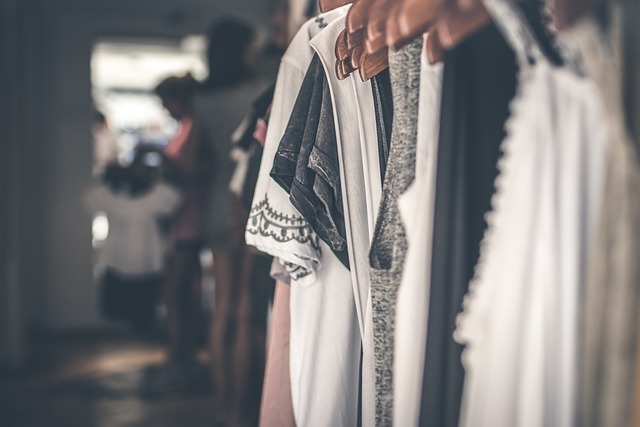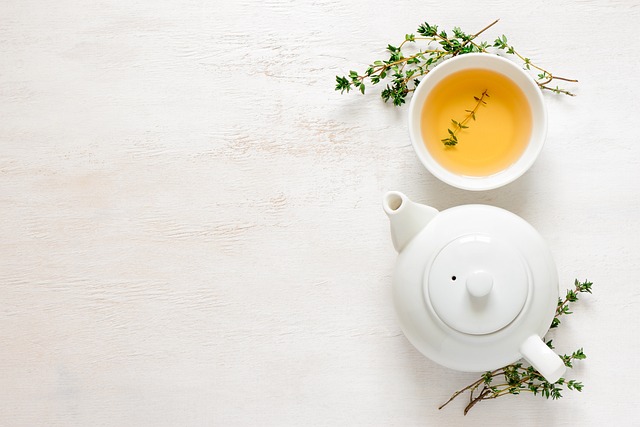British Cultural Etiquette: What Visitors Should Know – A Comprehensive Guide

The United Kingdom is a country rich in history, culture, and traditions. For visitors, understanding British cultural etiquette is key to having a smooth and enjoyable experience. From social interactions to dining customs, the British have a unique set of norms and practices that reflect their values and way of life. This guide provides a detailed overview of British cultural etiquette, helping you navigate social situations with confidence and respect.
1. Greetings and Social Interactions
British people are known for their politeness and reserve, especially when meeting someone for the first time. Here’s what to expect:
- Handshakes: A firm handshake is the standard greeting in formal and business settings. In informal situations, a simple “hello” or “hi” suffices.
- Titles and Names: Use titles (Mr., Mrs., Ms., or Dr.) and last names until invited to use first names. This is especially important in professional settings.
- Small Talk: Brits often engage in small talk about neutral topics like the weather, sports, or current events. Avoid controversial subjects like politics or religion.
- Personal Space: Brits value personal space, so avoid standing too close or touching someone unless you know them well.
2. Politeness and Manners
Politeness is a cornerstone of British culture. Here are some key points to keep in mind:
- Please and Thank You: Always say “please” when making a request and “thank you” when receiving something. These words are used frequently and are expected in most interactions.
- Apologies: Brits often say “sorry” even for minor inconveniences. It’s a way of showing politeness rather than admitting fault.
- Queuing: Brits take queuing (standing in line) very seriously. Always join the end of the queue and wait your turn patiently.
- Punctuality: Being on time is important, whether for social gatherings or business meetings. If you’re running late, inform the other party as soon as possible.
3. Dining Etiquette
British dining etiquette reflects the country’s emphasis on manners and tradition. Here’s what to know:
a. Table Manners
- Utensils: Use utensils properly. The fork is held in the left hand and the knife in the right. When finished, place your utensils parallel on the plate.
- Napkins: Place your napkin on your lap and use it to dab your mouth, not wipe your face.
- Elbows Off the Table: Keep your elbows off the table while eating.
b. Tipping
- Restaurants: A service charge of 10-15% is often included in the bill. If not, it’s customary to leave a tip of around 10%.
- Pubs: Tipping is not expected in pubs, but you can offer to buy the bartender a drink by saying, “And one for yourself.”
- Taxis: Round up the fare or add a small tip (10% is standard).
c. Afternoon Tea
- Order of Eating: Start with sandwiches, followed by scones, and finish with pastries.
- Tea Pouring: Pour tea for others before yourself. If you’re the host, ask guests how they take their tea (e.g., milk, sugar).
4. Pub Culture
Pubs are central to British social life. Here’s how to navigate pub etiquette:
- Ordering at the Bar: In most pubs, you order and pay at the bar rather than waiting for table service.
- Buying Rounds: It’s common for groups to take turns buying rounds of drinks. If someone buys you a drink, it’s polite to return the favor.
- Tipping: Tipping is not mandatory but appreciated. You can round up the bill or offer to buy the bartender a drink.
- Seating: If a table has a reserved sign, it’s off-limits. Otherwise, feel free to sit where you like.
5. Communication Style
British communication is often indirect and understated. Here’s what to keep in mind:
- Understatement: Brits often downplay their achievements or use understatement. For example, “It’s not bad” might mean “It’s very good.”
- Sarcasm and Humor: Brits have a dry sense of humor and often use sarcasm. Don’t take it personally; it’s usually meant in good fun.
- Compliments: Accept compliments graciously, but avoid boasting or showing off.
6. Dress Code
British dress codes vary depending on the occasion and setting:
- Formal Events: For formal events like weddings or theater performances, men typically wear suits, and women wear dresses or smart outfits.
- Business Attire: In professional settings, business attire is expected. Men usually wear suits, and women wear tailored dresses or pantsuits.
- Casual Wear: For everyday activities, casual and comfortable clothing is acceptable. However, avoid overly casual attire like flip-flops or gym wear in upscale areas.
7. Gift-Giving
Gift-giving is not as common in the UK as in some other cultures, but there are occasions when it’s appropriate:
- Dinner Parties: If invited to someone’s home, bring a small gift like a bottle of wine, chocolates, or flowers (avoid white lilies, as they are associated with funerals).
- Thank You Gifts: A thank-you note or small gift is appreciated after staying at someone’s home or receiving a favor.
- Business Gifts: Gifts are not expected in business settings, but a small token of appreciation can be appropriate after closing a deal.
8. Public Behavior
Brits value decorum and respect in public spaces. Here’s how to fit in:
- Quietness: Keep your voice down in public places like trains, buses, and restaurants.
- Littering: Littering is frowned upon. Always dispose of trash in designated bins.
- Smoking: Smoking is banned in indoor public spaces. Always ask before smoking in someone’s home or garden.
9. Special Considerations
- Regional Differences: The UK is made up of England, Scotland, Wales, and Northern Ireland, each with its own cultural nuances. Be mindful of regional customs and traditions.
- Humor and Banter: Brits often use humor and banter to build rapport. Don’t be offended by light teasing; it’s usually a sign of friendliness.
- Respect for History: The UK has a rich history, and many Brits take pride in their heritage. Show respect for historical sites and traditions.




